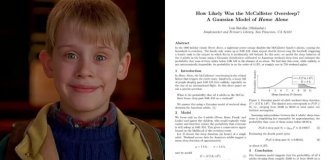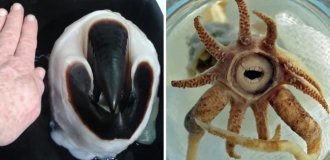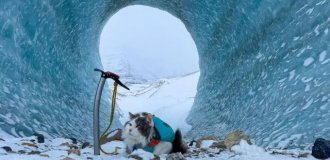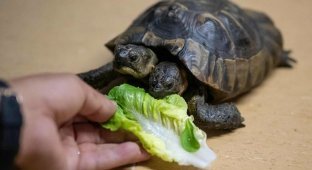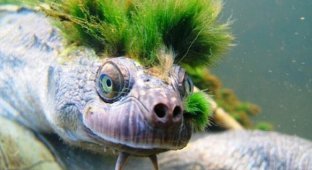Dozens of turtles hibernating deep underground: a strange phenomenon (5 photos)
The animals lie on top of each other in layers and do not move. How did the reptiles get there? Why are there so many of them? And how did people even discover this? So many questions, and everyone has their own answer! 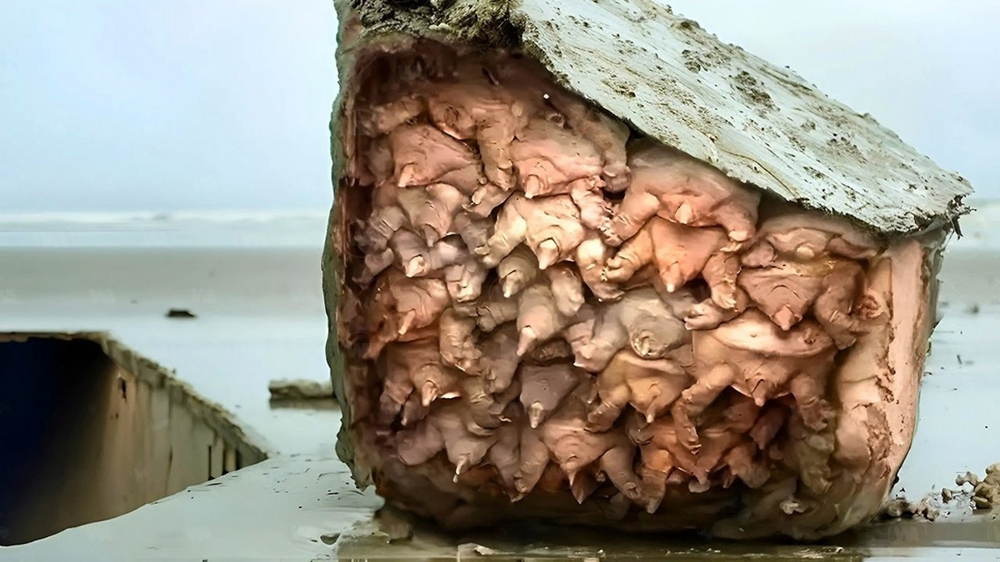
Maybe this is the treasure of a very, very strange pirate?
Let's start from afar. For those interested in the Age of Discovery, the term “living canned food” should be familiar. That's what sailors once called turtles. Sailors took them on board the ship to provide themselves with fresh meat on a long journey. 
Thank you, good people! Always dreamed of going on a trip to distant countries!
At sea there is always a shortage of food: prepared foods quickly go bad, and live cattle need to be given something to drink and feed. The turtle has become an ideal option: it easily tolerates sea conditions, goes without food and water for a long time, and is also easy to cook! You can either boil it or bake it in the shell. So, approximately this logic is used by modern Chinese. What we see are blanks! 
Burying in the sand has gone too far...
The turtles in the photo and video are Chinese Trionics. These reptiles have become firmly established in the cuisine of Asian peoples. They are bred and caught in the wild to be sold for meat. And so that the meat does not go to waste before it is bought, the reptiles are “canned.” People put turtles into suspended animation. 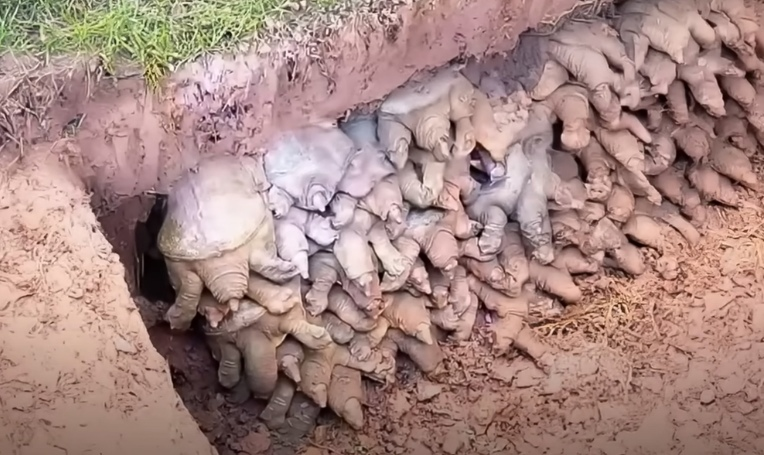
Like lifeless, but damn, alive.
This can be achieved simply by simulating winter. The reptiles are placed in cold water and not fed for several weeks. Turtles fall into a state of stupor and stop reacting to external stimuli and calmly endure all the hardships of the world around them. All people can do is dig a hole in the damp clay soil, stack the turtles on top of each other tightly, and then bury them! They dig them up when there is a buyer. 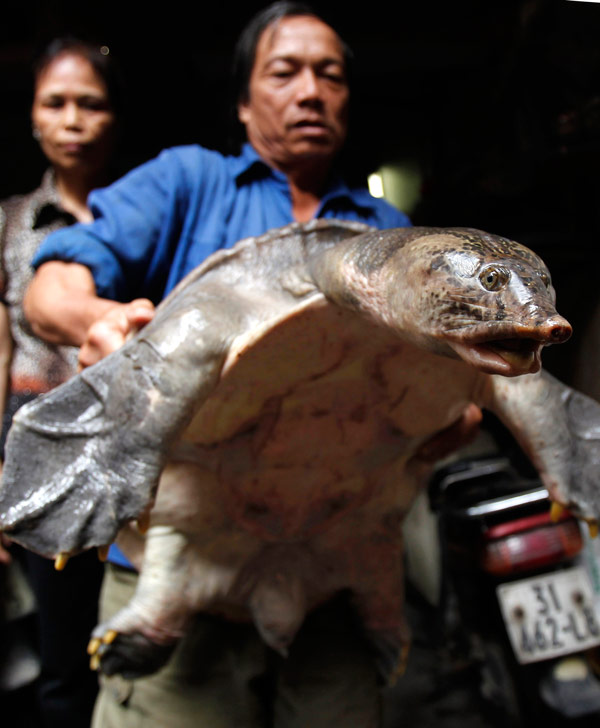
Thanks for inviting me to dinner! After hibernation I am very hungry! I mean, I'll be the main course? Come on, bury me back!
Do not confuse artificially created suspended animation with normal turtle hibernation. Although the conditions for the implementation of these two states are similar, in nature trionics are not packed in such quantities in one place, and they are not buried underground. To wait out the frost, turtles burrow at the bottom of a muddy river. And preferably without fellow neighbors!






